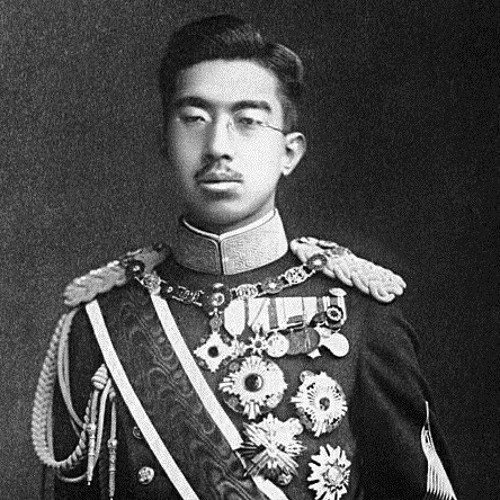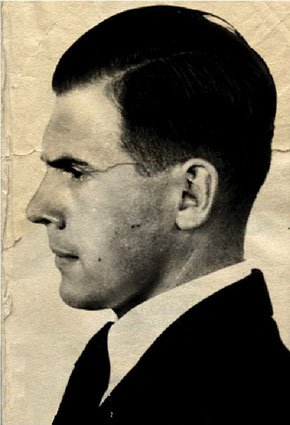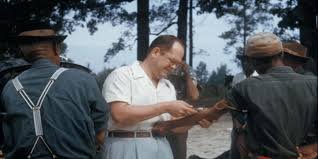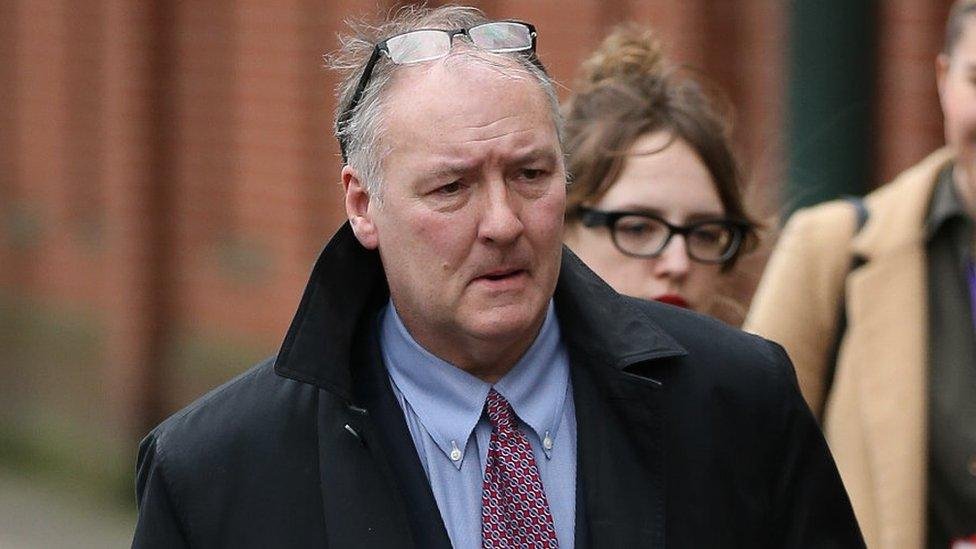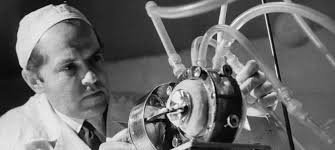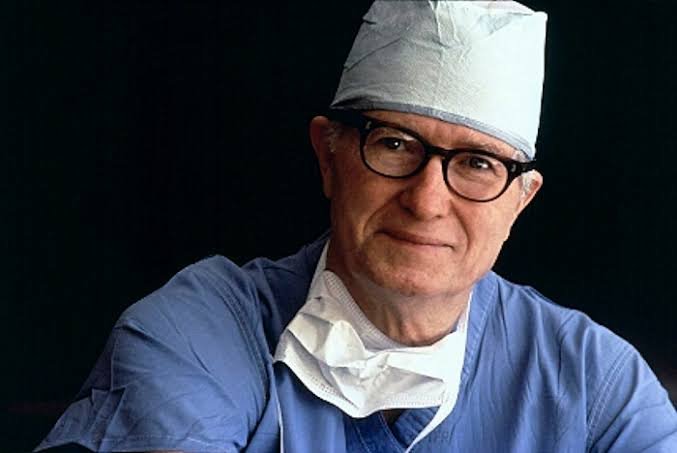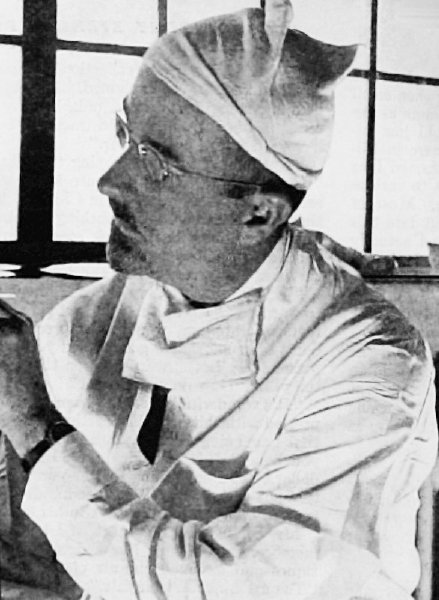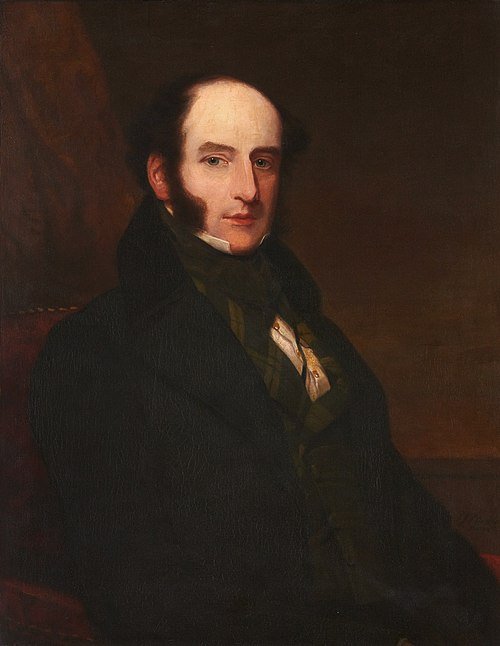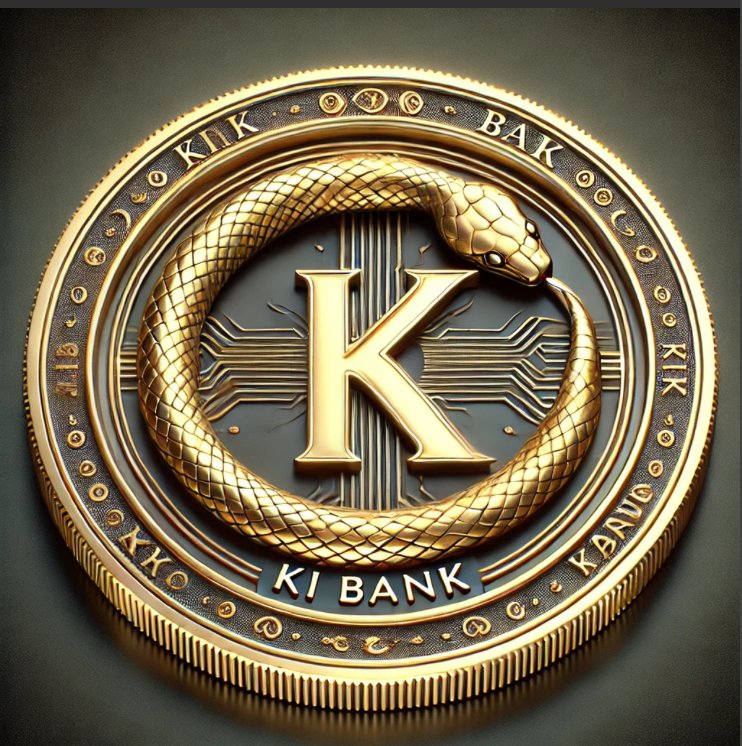Nightmares & Cover-Ups
💉 1. The Cutter Incident (1955) – Polio Vaccine Tragedy
What happened? A batch of polio vaccines from Cutter Laboratories contained live poliovirus due to a manufacturing error.
Impact: Around 200,000 children were exposed; 40,000 got mild polio, 200 were paralyzed, and 10 died.
Legacy: Prompted major reforms in vaccine regulation and safety testing.
💊 2. Thalidomide Scandal (1950s–60s)
What happened? Thalidomide was marketed as a safe sedative and anti-nausea drug for pregnant women.
Impact: Caused over 10,000 babies worldwide to be born with severe limb deformities; many died in infancy.
Legacy: Changed drug approval processes and led to modern drug testing protocols, especially for pregnant patients.
🧪 3. TGN1412 Drug Trial Disaster (2006, UK)
What happened? A clinical trial for a new immune-modulating drug went horribly wrong.
Impact: Within hours, 6 healthy volunteers suffered multi-organ failure and nearly died.
Legacy: Exposed flaws in trial safety protocols and reshaped how first-in-human studies are designed.
☢️ 4. The Radium Girls (1917–1920s)
What happened? Women painting watch dials with radium-based glow-in-the-dark paint were told to "lip-point" brushes.
Impact: Many developed horrific radiation poisoning, including jaw necrosis ("radium jaw") and bone cancer; dozens died.
Legacy: Spurred major workplace safety reforms and labor rights movements.
🏥 5. The Libby Zion Case (1984, NYC)
What happened? 18-year-old Libby Zion died in a hospital due to a fatal drug interaction and overworked medical staff.
Impact: Her death exposed dangerous flaws in resident training and supervision.
Legacy: Led to regulations limiting resident doctors’ working hours in the U.S.
💔 6. The Blood Contamination Scandal (1980s)
What happened? Thousands of hemophilia patients were given blood products tainted with HIV and hepatitis C.
Impact: Tens of thousands were infected globally, many died. France, Japan, U.S., and others were heavily impacted.
Legacy: Massive overhaul in blood screening and donor regulations.
👶 7. The Johns Hopkins Lead Paint Study (1990s)
What happened? Low-income African-American families were unknowingly enrolled in a study where their children were exposed to lead paint to study lead poisoning.
Impact: Several children suffered lead poisoning, which causes permanent brain damage.
Legacy: Sparked outrage over unethical research in vulnerable populations.
😷 8. COVID-19 Early Mismanagement (2020)
What happened? Delayed responses, misinformation, and overwhelmed healthcare systems led to avoidable deaths globally.
Impact: As of now, millions of deaths have been reported worldwide.
Legacy: Still unfolding—highlighted disparities in public health, preparedness, and misinformation.
medical myths 1-5
🧠 1. We only use 10% of our brains
False. Brain imaging shows we use virtually all parts of our brain, even when we're at rest. Different tasks activate different regions, but no part is completely inactive.
💧 2. You need to drink 8 glasses of water a day
Kind of a myth. Hydration needs vary per person. We get water from food and other drinks too. The key is to drink when you're thirsty and listen to your body.
🌡️ 3. Fevers above 104°F will cause brain damage
Not exactly. High fevers are uncomfortable, but brain damage usually doesn’t occur unless the fever exceeds 107.6°F (42°C), which is rare and often due to heat stroke, not infection.
🧽 4. You can “sweat out” toxins
Nope. Sweat is mostly water, salt, and small amounts of waste—your liver and kidneys do the heavy lifting when it comes to detoxing. Saunas and sweat sessions feel good, but they don't "cleanse" your body of toxins.
❄️ 5. Cold weather makes you sick
Indirectly, maybe. Cold weather doesn’t cause colds or flu—but we spend more time indoors during cold months, increasing the chance of virus spread. Also, dry air can dry out nasal passages, making infections more likely.
Shiro Ishii (Unit 731, Japan)
Who: Head of Japan's secret biological warfare unit during WWII.
Why infamous: Performed vivisections (dissections on live people), infected prisoners with deadly diseases, froze limbs to study frostbite.
Fate: Never prosecuted; reportedly given immunity by the U.S. in exchange for data.
Legacy: One of the darkest chapters in medical warfare.
🧠 Dr. Josef Mengele ("The Angel of Death")
Who: Nazi physician at Auschwitz.
Why infamous: Conducted inhumane experiments on prisoners, especially twins. No anesthesia. No consent. Horrific outcomes.
Fate: Escaped to South America. Never captured. Died in Brazil in 1979.
Legacy: Synonymous with medical evil. Sparked major reforms in medical ethics (like the Nuremberg Code).
🧬 Tuskegee Syphilis Study (1932–1972)
What happened: 600 African-American men in Alabama were enrolled in a study on syphilis. They were not informed of their diagnosis and were denied treatment even after penicillin became the standard cure.
Tragedy: Many died, infected others, and passed congenital syphilis to their children.
Impact: Massive loss of trust in the U.S. medical system and creation of ethics oversight like the Belmont Report.
Ian Paterson Scandal (UK) Surgeon Ian Paterson was convicted in 2017 for performing unnecessary surgeries, including mastectomies, on hundreds of patients without medical justification. An independent
Ian Paterson Scandal (UK)
Surgeon Ian Paterson was convicted in 2017 for performing unnecessary surgeries, including mastectomies, on hundreds of patients without medical justification. An independent inquiry in 2020 revealed systemic failures in both private and public healthcare institutions that allowed his actions to continue unchecked for years. Despite recommendations for reforms, such as establishing a public surgeon register and implementing cooling-off periods for surgeries, these have yet to be fully implemented. The Sun
🧠 Dr. Vladimir Demikhov – Soviet Frankenstein (1940s–50s)
🐶 The Surgery:
Demikhov was obsessed with transplanting organs. He’s best known for creating two-headed dogs.
He surgically attached the head, shoulders, and front legs of one puppy onto the neck of another.
💀 The Outcome:
The dogs lived for a few days or weeks—drinking milk, barking, and moving both heads independently.
All eventually died due to immune rejection or surgical complications.
These experiments inspired some Western scientists but horrified the public. Ethics? Not a thing.
🫀 1. Dr. James Hardy – The First Human Heart Transplant Attempt (1964)
🩸 The Procedure:
Dr. Hardy performed the first-ever heart transplant in a human... using a chimpanzee heart.
The patient was dying of heart failure, and Hardy had no human donor ready.
He opted for a xenotransplant (animal-to-human), thinking it was a last resort.
🚨 What Went Wrong:
The chimpanzee heart was too small and incompatible.
The patient survived only 90 minutes.
Hardy never attempted it again—public backlash was brutal.
🧠 The Case of Dr. Walter Freeman: The Father of the Lobotomy
🧠 The Case of Dr. Walter Freeman: The Father of the Lobotomy
📍 Who He Was:
An American neurologist, not a trained surgeon.
Known for pioneering and aggressively promoting the transorbital lobotomy.
Nicknamed "The Lobotomist."
🪓 What He Did:
Freeman popularized a procedure where he:
Took an ice-pick-like tool.
Inserted it through the eye socket (above the tear duct).
Hammered it into the brain with a mallet.
Wiggled it side to side to sever connections in the prefrontal cortex.
The whole thing took 10 minutes. No surgical room. No gloves. No anesthesia—just a shot of electroshock to knock the patient out.
📈 The Scope:
Performed around 4,000 lobotomies.
Took the operation on tour, doing demonstrations in hospitals, prisons, and even in a camper van he called the "Lobotomobile."
Lobotomized children as young as 4 years old.
Once performed 25 lobotomies in one day.
⚠️ The Fallout:
Many patients were left in vegetative states, with lifelong incontinence, speech problems, or complete personality destruction.
Others simply became docile—"zombified" versions of themselves.
Rosemary Kennedy, sister of JFK, was famously lobotomized by a different doctor (but using Freeman’s method), and was left incapacitated for life.
⛔ How It Ended:
Freeman’s license was eventually revoked in 1967 after a patient died from a brain hemorrhage—his third death in one year.
By then, antipsychotic medications had replaced lobotomies.
He died in 1972, still believing he had helped thousands.
Robert Liston's "Two and a Half Minute Amputation" (1847)
⚰️ Robert Liston's "Two and a Half Minute Amputation" (1847)
🩸 A Surgery So Fast... It Killed Three People
Robert Liston was a renowned 19th-century British surgeon, famous for being the fastest knife in the West End. Speed was critical in pre-anesthesia days to reduce pain and shock. But in one particular case, his speed and zeal turned deadly.
🔪 The Procedure:
The surgery was a leg amputation.
Liston completed it in 2.5 minutes, but in the rush:
He accidentally amputated the patient's testicles.
He also sliced off the fingers of his assistant.
A spectator died of shock, allegedly fainting and having a heart attack.
The patient and assistant both died later from sepsis (infection).
🪦 The Toll:
Three deaths in one operation.
It’s sometimes (half-jokingly) called “the only surgery in history with a 300% mortality rate.”
KISHI BANK THE WORLD’S FIRST CUSTOMERLESS BANK
Kishi Bank The world’s first customerless cryptocurrency bank
KISHI BANK: The World’s First Customerless Blockchain Investment Bank
In a world racing toward decentralization, **KISHI BANK** has emerged as a groundbreaking financial institution — a first-of-its-kind, **customerless**, fully automated **cryptocurrency investment bank** powered entirely by blockchain technology. Operating on the **CRONOS** blockchain, KISHI BANK is revolutionizing how financial assets are held, moved, and grown.
Not Your Traditional Bank
Forget the long queues, paperwork, or even customer service reps — **KISHI BANK has no customers.** That’s right. It doesn’t offer traditional products or services, nor does it rely on human interaction to function. The bank operates through smart contracts and algorithms, making it **100% automated** and autonomous. It's a futuristic vault for digital and physical wealth, seamlessly bridging the two.
## A Vault of Modern Wealth
KISHI BANK holds a diverse range of assets, including:
- **Cryptocurrencies**
- **Stocks**
- **Bonds**
- **ETFs**
- **Gold**
- **Silver**
With such a diversified portfolio, KISHI BANK functions more like a blockchain-powered investment trust than a conventional retail bank.
## Enter the (K) Token: Fueling the KISHI Ecosystem
On **August 8, 2025**, KISHI BANK launched its official cryptocurrency token, **(K) tokens**, on **WolfSwap’s WolfStreet**. Priced initially at **$0.000033 USD**, the (K) token is designed as the core asset fueling KISHI’s digital ecosystem. Whether you're investing in tokenized assets or staking in future financial products, (K) will play a vital role.
## Beyond Banking: The KISHI Empire
KISHI BANK is not a standalone entity — it’s the flagship of a growing empire of blockchain-integrated businesses. Here’s a look at some of its subsidiaries:
- **KISHI Pharmaceuticals** – Innovating the intersection of healthcare and blockchain for smarter, decentralized medical systems.
- **KISHI (KCS) Grocery** – A next-gen grocery chain exploring crypto payments and decentralized supply chain logistics.
- **Biohazard Kishi Pharmacy Podcast** – A biomedical podcast that delves deep into futuristic health technologies and bio-research, keeping the public informed and engaged.
## Redefining Finance and Enterprise
KISHI BANK isn’t just another player in the fintech space — it’s a visionary force. By removing the need for customers, employees, or traditional infrastructure, KISHI introduces a new paradigm: **Autonomous Enterprise.** Whether you’re an investor, a crypto enthusiast, or a futurist, KISHI BANK represents what’s next in global finance.
---
**Stay tuned** as the KISHI ecosystem continues to evolve, and (K) tokens establish their place in a decentralized finance


